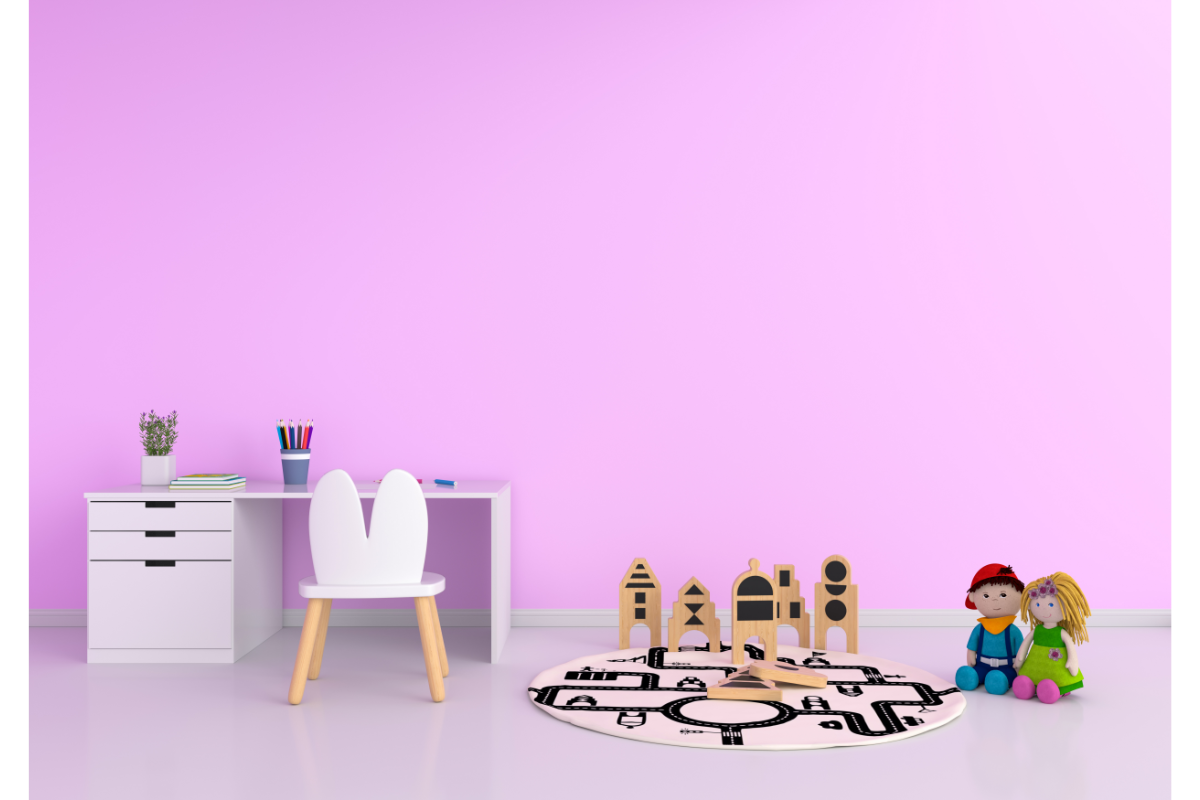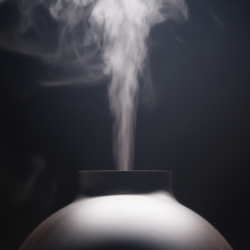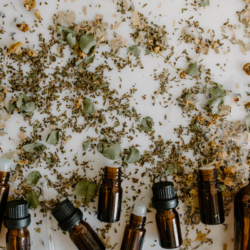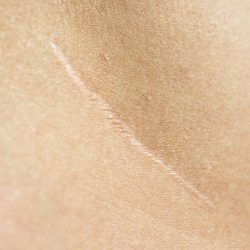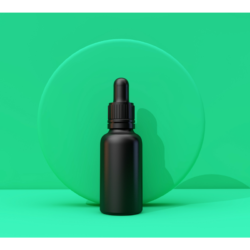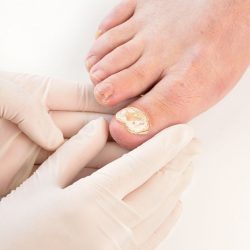The aromatherapy is an alternative medicine which includes essential oils and floral waters . This natural therapy is currently experiencing a real revival of interest . It requires precise knowledge of the quality of the essential oils used, in particular for application in pediatrics. However, it is not devoid of toxicity . By following precise rules of administration and dosage, aromatherapy is a safe and effective therapy even for a child.
Are all essential oils suitable for diffusion in my child’s room?
The first rule to know in aromatherapy for children is that we should never diffuse essential oils rich in phenols, in aldehyde in sesquiterpénols, in sesquiterpenes, in ethers , in lactones and ketones. Why ? Well, quite simply because the essential oils which contain these substances are dangerous by atmospheric diffusion .
Essential oils rich in phenols:
Usually contraindicated in children under 12 years of age, they should not be diffused under any circumstances. Their mucocutaneous causticity can cause severe irritation to the eyes, lungs and nasal mucous membranes through the smell.
Essential oils rich in aldehydes:
Contraindicated in children under 10, they are even more caustic than phenols. They should not in fact spread or even inhale.
Essential oils rich in sesquiterpenols (sesquiterpene alcohol) and sesquiterpenes (sesquiterpene hydrocarbons):
Reserved for adults or pubescent adolescents, including in atmospheric diffusion, they are however not particularly indifferent. This is because they are generally estrogen-like, which simply means that they will stimulate the body to synthesize hormones. Their action is mainly carried out on the proliferation of endometrial cells (internal lining of the uterus), but also on the glands of the cervix and on the metabolism of carbohydrates and lipids. Formally contraindicated in children who have not completed puberty.
Essential oils rich in ethers (phenol methyl ether):
They are a mixture of all to avoid; Neurotoxic, estrogen-like, skin irritants, and therefore prohibited for distribution.
Essential oils rich in lactones and ketones:
Reserved for adults because of their high risk of neurotoxicity, they can induce epileptic seizures even in diffusion (olfaction). Lactones are even more powerful than ketones.
Which essential oils to diffuse in my child’s room?
However, you can diffuse essential oil of mandarin (suitable for children over 7 years old), neroli (suitable for children over 8 years old) or even bergamot (suitable for children over 7 years old) with certain precautions *. Perfectly suitable for children , these oils will help you create a soft and soothing atmospheric atmosphere that will facilitate your child’s sleep induction gently.
* The atmospheric diffusion of an EO makes it possible to cleanse and / or perfume a room but it also creates a climate of relaxation. The antiseptic activity of citrus essences is indeed a good way to prevent certain infections such as the flu or the common cold. However, some EO present a strong aggressiveness for the mucous membranes, such as oregano or savory, rich in phenols. Others remain toxic to the nervous system, in particular the EOs of peppermint and wintergreen. Not all oils should be diffused.
Diffusion is particularly suitable for nervous problems such as anxiety or insomnia , the purification of a room and the elimination of insects. In the absence of a diffuser , let diffuse 4 to 5 drops in a saucer or in a humidifier near a heat source below 40 ° C (in order to avoid denaturing the molecules). Never let diffuse continuously in a closed room, especially in the presence of children, the elderly, pets, asthmatics, allergies, epilepsy, neuro-deficient or pregnant women (risk of convulsions in the best case). The duration of a diffusion must not exceed 20 minutes, at a rate of 3 times a day maximum, ventilating the diffusion space afterwards.
Are hydrosols suitable for children?
Especially suitable for children and pregnant women , the hydrosol consists mainly of water (floral water) which remains in the Florentine vase after hydrodistillation, after separation from the essential oil. This water retains water – soluble odorous molecules, and remains slightly scented, having therapeutic properties, such as orange blossom water used to regulate children’s sleep.
We will generally prefer the use of hydrosols for infants and young children, to essential oils. However, during an infection of the bronchiolitis or superinfected diaper rash type, the formula will be potentiated with an appropriate essential oil, while respecting a dilution rate varying from 0.5 to 2% depending on the weight of the infant and the desired effect. . ( see article on frequent skin pathologies in infants ).

